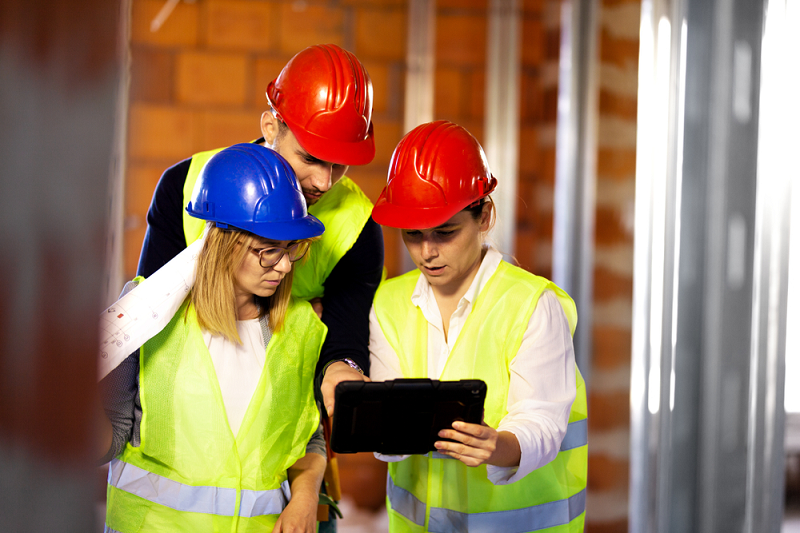Know About the Building Inspections for Home Construction ProcessPosted by Molly Crowe on August 24th, 2019 There are a number of inspections a house must undergo before being declared fit to live in. Even during the process of construction, a building certain inspection is required. These inspections are meant to be a quality and legal check of the environment and the house and property itself before being declared as fit to live. The building inspections are thorough checks which help reveal any and every flaws and problem in and around the construction.
Required building inspection for home construction:Let’s take a look at the inspections which are customarily important for a newly constructed house. 1. Foundation inspection:The foundation inspection is an important step of a building inspection as the stability and safety of the building; most of it, anyway, depends on the foundation. The inspector checks the compliance of the foundation with the construction sketches. This also includes the checking of each and every grouted cell, steel placement, and mortar joints, etc. as per the requirements of the construction drawing. 2. Footer inspection:As one can guess by the name, the footer inspection is one of the most important aspects of building inspection. During this inspection, the inspection personnel will inspect all the footers and verify their size, shape, and depth in accordance with the construction drawings. This procedure also includes the checking of the trench being clean and free of all loose debris before concrete is poured into the foundation. 3. Slab inspection:Slab inspection is an important step in building construction as after this point, the building is officially under construction. Proper slab inspection is a must to guarantee the integrity and safety of the construction. Slab inspection an examination of the load-bearing capacity of the slabs prior to pouring the concrete in the basement. In this inspection, the placement of the steel, verification of the pre-termite treatment and a host of other tertiary inspections are done. 4. Lintel and tie-beam inspection:A lintel is a beam which is placed in wall discontinuities like doors and windows to support to the load of the structure above, whereas tie beams are commonly used in rafters and roofs to integrate strength and support in the structure. Hence, we see that both the ingredients are important and hence are an important aspect of building inspection. 5. Underground plumbing, gas pressure and earthling inspection:The earthling inspection is done to minimize the risk of a short circuit in the future. Gas pressure inspection is carried out to assess the risk of a gas leak in the building.A plumbing inspection is done so that the risk of a future plumbing risk is minimized as a plumbing failure after the completion of the building would cost a massive fortune to correct. These are a host of secondary inspections are a very important aspect of building inspection as they are pivotal in reducing future risks. These inspections are carried out when the building structure is completed, and the internal constructions are ongoing. 6. Moisture barrier and insulation inspection:Continuous exposure to moisture may cause structural damage to the building and hence is a serious threat to building security. Hence the moisture barrier inspection is carried out to determine whether any moisture can get through to the construction Insulation inspection is done to determine whether the building insulation follows the building documents and runs some quality control checks to stop future problems from being created. Building inspection, Is vital of a secured and safe dream home. It ensures that your dream home remains a reality for a long time. Like it? Share it!More by this author |



